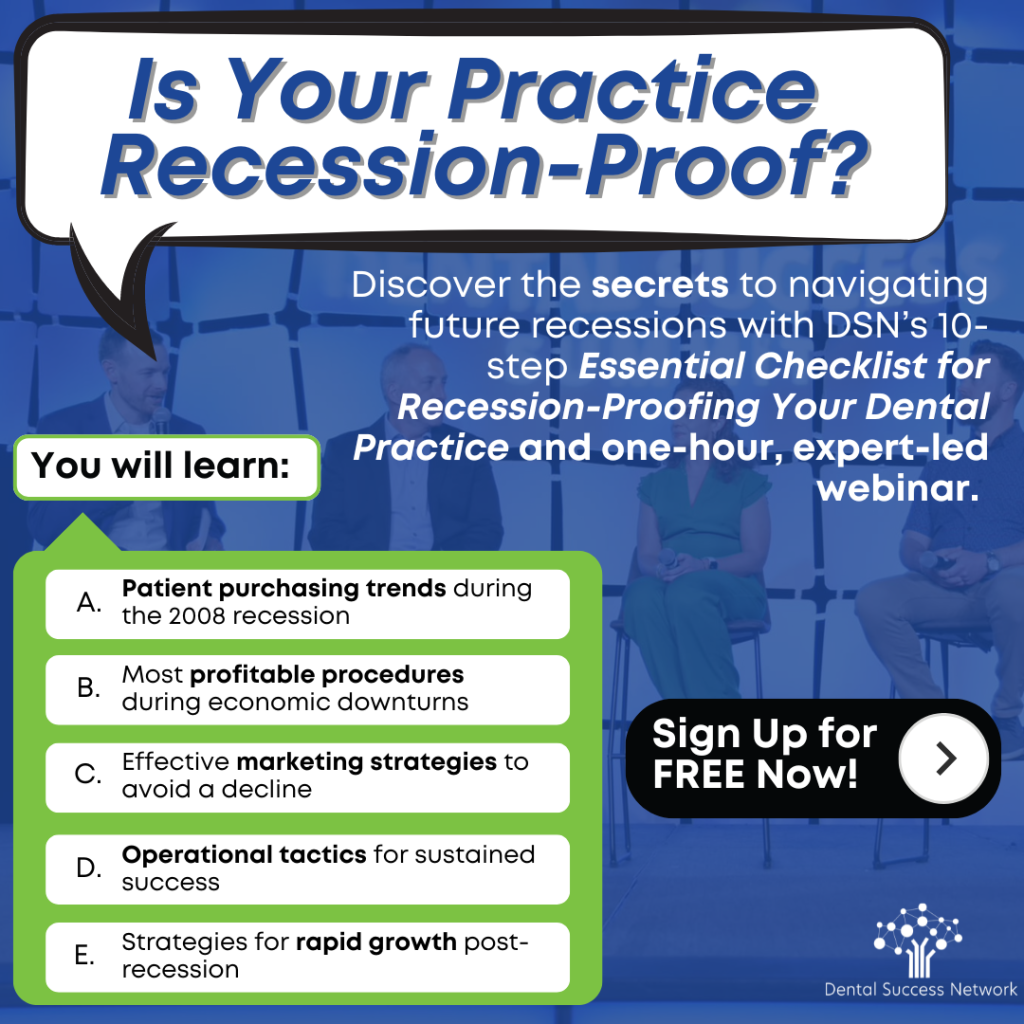The propensity for doctors to use dull instruments to achieve a highly technical and relatively intolerant outcomes never ceases to amuse me.
We are a highly skilled bunch. We cut precise preps in teeth, make incisions that avoid complications and follow teeny, tiny nerves down a root so that our patients can keep their teeth. Our instruments are literally on the cutting edge of what we do and can accomplish. So, why do we insist on working with dull instruments that are, quite literally where the rubber hits the road?
I know the answer! It’s the cost. We are a frugal (some would say cheap) bunch too! Give me a few moments of your time and I’ll try and disavow you of that particular reasoning.
But first, why should we even bother with fresh burs and diamonds?
Less Heat, More Comfort: Ever been prepping a tooth where you’re pushing that bur harder and harder, and it’s like trying to slice through a brick wall? Then, magically, you switch to a new one, and it’s like cutting through butter. The extra force needed with a dull instrument generates more heat, and that’s not great for the tooth. Plus, it’s uncomfortable for the patient.
Sharper = More Precision: Dull instruments not only make you work harder, but they also mess with your precision. You lose control because they’re just not doing the job.
Think about it this way: every boy scout knows that most accidents (or accidentally gouging the adjacent tooth) happens with a dull knife (or bur) not a sharp one.
“OK, but what about saving money?”
Yeah, I get it, we’re all trying to cut costs. Reusing burs and diamonds seems like a smart move. But there are some problems:
Hidden Costs: Sure, reusing these tools might save you a bit on supplies, but there’s a hidden cost: someone has to clean, sterilize, track, and store them. That takes time and slows things down.
Slowing Down Production: Dull instruments are like speed bumps in your workday. They slow you down which means you’re spending more time on procedures and reducing productivity.
Finally, let’s talk about the “bur bill.” If you’re running a well-managed dental practice, your supply costs should be around 4-5% of your revenue. So, for a $1 million practice, that’s $40,000 to $50,000.
While I can’t give you the exact breakdown, I’d bet that burs and diamonds aren’t eating up a huge chunk of that budget. The cost of your assistant’s time and the hit to your productivity likely outweigh any savings from reusing them.
Here’s the icing on the cake: it’s just plain nicer to work with instruments that actually do the job instead of fighting with them. Of course, this has all been just one doctor’s opinion.
“You pays your money, you takes your choice.”




